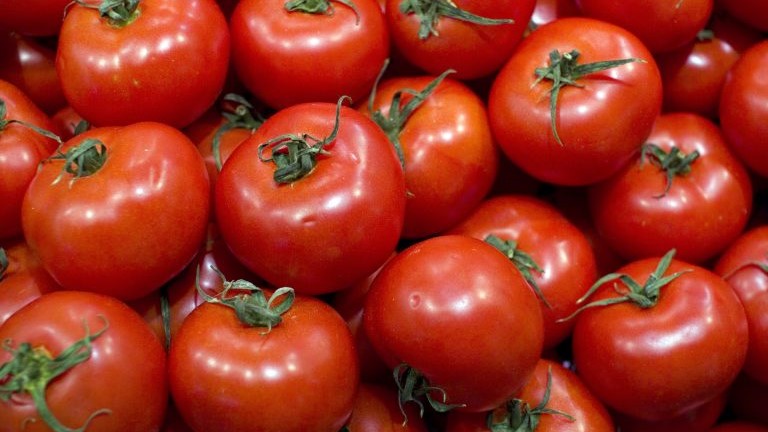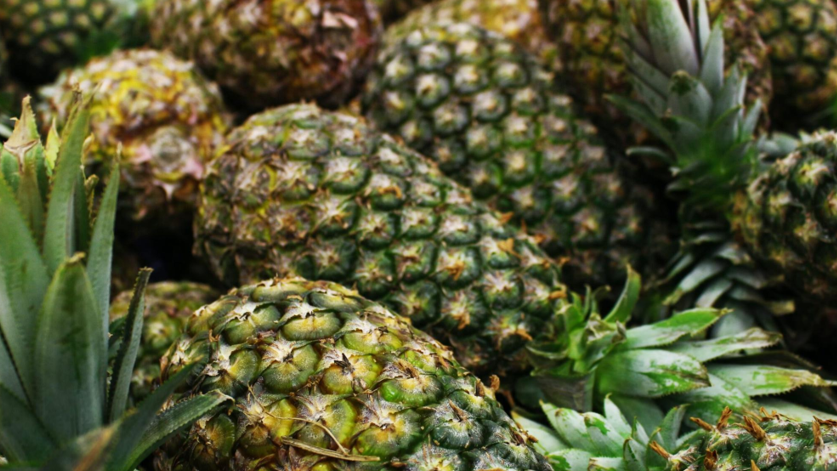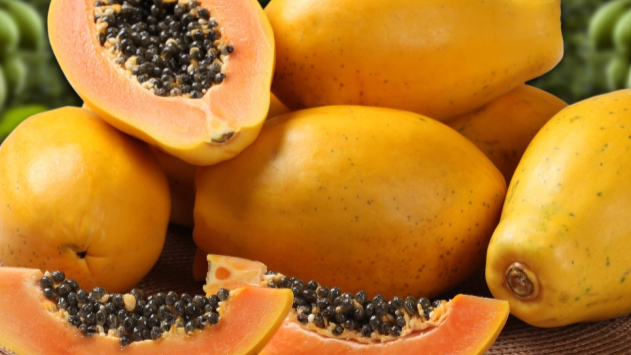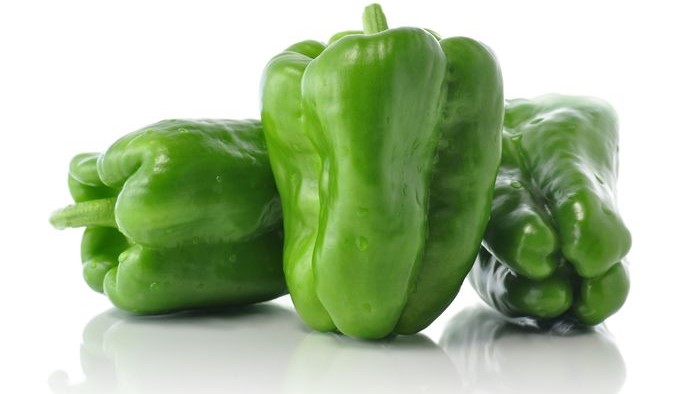Actualidad
Systemin enhances tomato resistance to Botrytis in postharvest
The phytocytokine systemin enhances the postharvest resistance of tomato fruit to gray mold caused by Botrytis cinerea

Tomato (Solanum lycopersicum, Solanaceae family) is one of the most important horticultural crops worldwide. However, significant production losses in the postharvest stage caused by pathogens remain a major global issue. Among them, gray mold caused by the fungus Botrytis cinerea is one of the most serious diseases affecting tomatoes.
B. cinerea is the second most common pathogenic fungus, infecting more than 200 plant species during pre- and post-harvest stages. As a typical necrotroph, it achieves infection by altering programmed cell death pathways in the host, resulting in destructive crop yield losses.
Plant immune response systems
Throughout evolution, plants have developed immune response systems such as activated recognition receptor systems located on the membrane of plant cells. Recently, several endogenous plant signal peptides, called phytocytokines, have been found to play important roles.
Normally, a phytocytokine is produced from a small precursor protein, which, after pathogen attack, matures and is released into the apoplast (compartment comprising intercellular spaces and the cell wall), inducing responses such as the activation of mitogen-activated protein kinases, the production of reactive oxygen species (ROS), and the expression of genes related to the plant immune system.
Systemin, a cytokine that inhibits proteases in tomatoes
Systemin is an 18-amino acid peptide; it is the first identified phytocytokine that induces the production of protease enzyme inhibitors in tomatoes. Treatment with the systemin peptide or overexpression of its precursor prosystemin improves tomato resistance to aphids (Macrosiphum euphorbiae), fungi (B. cinerea and Alternaria alternata), and phytophagous larvae (Spodoptera littoralis).
After parasite attack, prosystemin expression is activated to produce the systemin peptide, which is processed in the cytoplasm, released into the apoplast, and perceived by the systemin receptor.
This compound also induces Ca2+ efflux and jasmonic acid biosynthesis, as well as the emission of volatile organic compounds.
Systemin increases fruit resistance
A recent study investigated the functions of systemin in postharvest fruit by pretreating it with this synthetic substance. A significant increase in resistance to B. cinerea in the fruits was verified.
Furthermore, systemin regulates the activity of chitinase, phenylalanine ammonia lyase, and peroxidase enzymes during storage.
Additional analyses suggested that systemin enhances resistance by regulating stress-related enzymes in the phenylpropanoid biosynthesis pathway.
Therefore, these findings suggest that systemin may be a promising molecule for increasing tomato fruit resistance to pathogens during storage.
Sources
Wang, P.; Wu, T.; Cheng, Y.; Gao, Y.; Huang, B.; Li, Z. (2024). The phytocytokine systemin enhances postharvest tomato fruit resistance to Botrytis cinérea. Postharvest Biology and Technology, 210:112738
Image
http://amazonastotal.com.br/embrapa-cria-tomates-mais-nutritivos-e-com-maior-produtividade/ Accessed on 01/04/2024.












